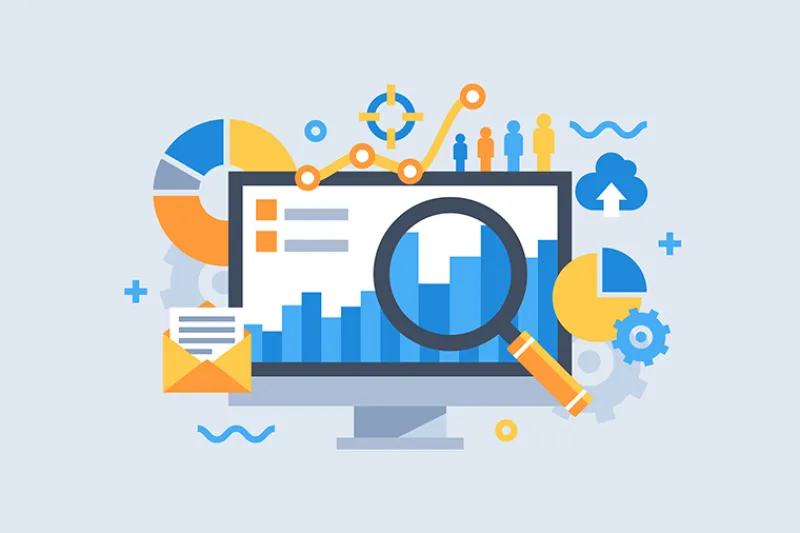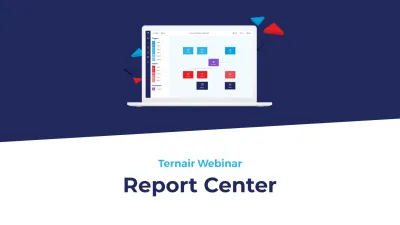Data has become the driving force behind effective strategies and decision-making. Among this data, first-party data has become a valuable asset for marketers around the world. But why is first party data so important and how can companies leverage it to its fullest potential? In this blog, we will explore the essence of first party data and share three crucial tips to strengthen your strategy.
What is first-party data?
First-party data is information collected directly from your own customers or visitors, usually through interactions with your website, mobile app, or other proprietary channels. It is authentic, reliable, and unique to your business. This is in contrast to third-party data, which is collected and resold by outside parties, and second-party data, which is obtained directly from other companies.
Why is first-party data important?
Authenticity and Reliability: First-party data comes directly from your own customers, meaning it contains the most accurate and up-to-date information about them. It provides insight into their behavior, preferences and needs, which is invaluable in developing personalized marketing campaigns and improving the overall customer experience.
Privacy and compliance: With growing concerns about privacy and data security, first-party data is becoming increasingly valuable. Because it comes directly from your own customers, you have more control over how it is collected, used and stored. This not only reduces the risk of privacy law violations, but also strengthens customer trust in your brand.
Differentiation and Competitive Advantage: In an era when consumers are inundated with ads and marketing messages, the ability to provide relevant and personalized experiences is crucial. By using first-party data effectively, you can gain unique insights that differentiate you from the competition. This enables you to create targeted campaigns that increase engagement and drive conversion.





